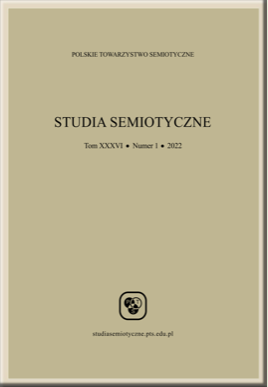DESCRIPTIVE NAMES, RIGIDITY, AND DIRECT REFERENCE
DESCRIPTIVE NAMES, RIGIDITY, AND DIRECT REFERENCE
Author(s): Filip KawczyńskiSubject(s): Semiology
Published by: Polskie Towarzystwo Semiotyczne
Keywords: rigidity; descriptive names; proper names; modality; direct reference;
Summary/Abstract: In the paper, I argue against Dummett’s and Stanley’s objections to the direct reference theory. Dummett and Stanley make use of the notorious descriptive names to formulate the objection against Kaplan’s argument in favour of the direct reference theory. Kaplan argued that difference in modal behaviour of sentences is a reason to regard some singular terms appearing in the sentences as directly referential. Dummett ad Stanley argue, on the other hand, that in the case of descriptive names and the descriptions used to fix the reference of the names, the modal difference between sentences arises merely from the fact that descriptive names are rigid, while descriptions are not. There is no reason then to claim that being directly or indirectly referential has anything to do with the modal differences between sentences. What I attempt to show in the paper is that Dummett and Stanley made wrong assumptions about the modal properties of descriptive names and the descriptions that are used to fix the reference of such names. In Section 1, I characterise descriptive names and discuss some controversies that they create. Section 2 is devoted to the review of Kaplan’s argument for the direct reference theory, while Section 3 presents Dummett’s and Stanley’s arguments against direct reference. In section 4, I raise two preliminary objections against Dummett’s and Stanley’s positions. In Section 5, I discuss in detail “the great mystery” of rigidity of descriptive names which in my opinion lies at the bottom of the whole issue of descriptive names and direct reference. I argue, contrary to Dummett and Stanley, that descriptive names and their mother descriptions have the same modal properties. The last section includes conclusions and presents how the results from the previous parts of the paper affect the arguments of Dummett and Stanley.
Journal: Studia Semiotyczne
- Issue Year: 36/2022
- Issue No: 1
- Page Range: 135-154
- Page Count: 20
- Language: English

